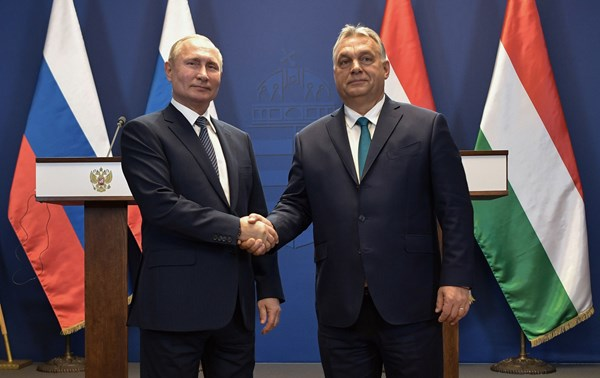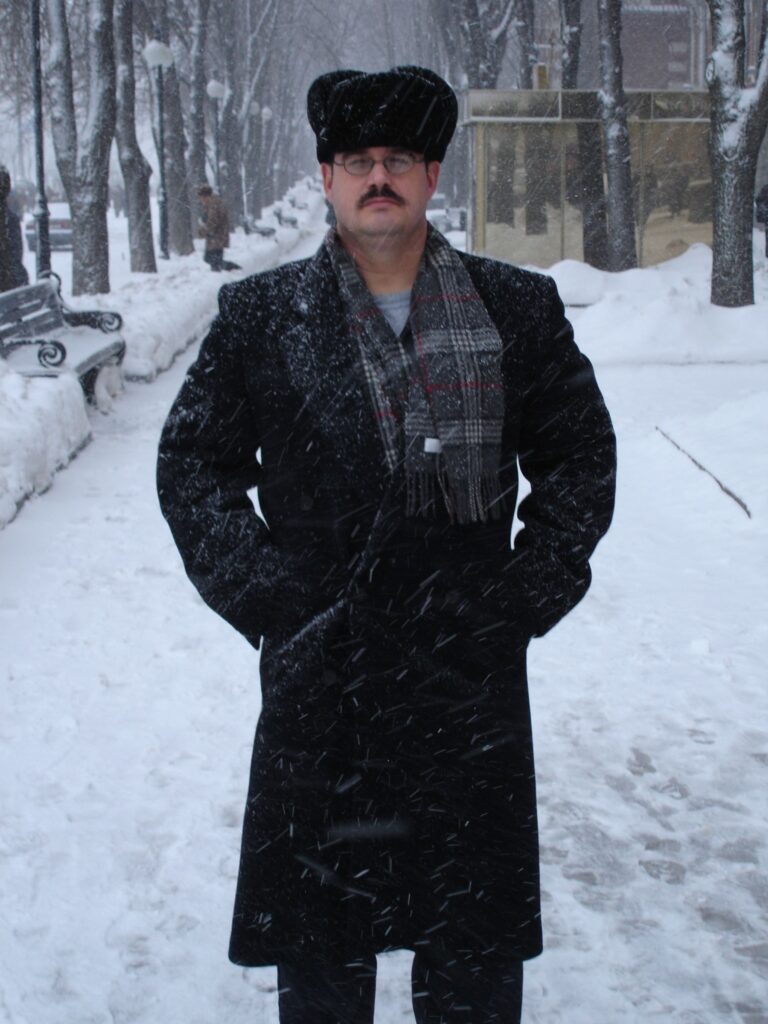A Short Detail On The Long War: Ukraine
Introduction
On the 24th of February 2022, Russia announced a Special Military Operation (SMO), marking the beginning of its invasion of Ukraine. While the Putin administration had originally planned to assault Kyiv and occupy the country within the first 10 days of the SMO, the conflict has now dragged on for over 2 years. While recent diplomatic and tactical developments might seem to suggest that Russia is becoming more desperate for a cessation of hostilities, analysts predict that the conflict will continue as a result of the inability of both sides to advance on the front and their directly opposed peace conditions.
Background
The invasion of Ukraine has now been underway for over 28 months and has caused significant economic, political, and humanitarian losses for both sides involved. The BBC reports that American estimates from August of 2023 place the number of wounded Ukrainian military personnel at upwards of 120,000 and the number of dead at 70,000. This estimate does not include civilian casualties. Moreover, Al Jazeera reports that around ¼ of Ukraine’s territory is currently occupied (pictured below).

Occupied Ukrainian territory as of June 24th, 2024 (NZZ Visuals)
The situation for Russia appears equally somber. Not only has the UK Defense Ministry estimated the total casualty count at 350,000, but that number may drastically increase in the coming weeks as a result of the Russian military’s new strategy of so-called “meat-assaults”. According to the BBC, these consist of “waves of Russian soldiers coming at [Ukrainian] defensive positions, sometimes nearly a dozen times in a day.” This tactic has caused roughly 1,200 Russian casualties per day. To counter these losses, it recruits roughly 30,000 personnel per month (New York Times).
On the other hand, Russia’s economy is seemingly recovering from sanctions. The journal Business Insider reports that the Russian economy has been upgraded to the status of “high-income” as a result of its dynamism and growth (it experienced a GDP increase of 3.6%) during the 2023 fiscal year.
Analysis
It would seem as if Russia is pursuing an end to the war in the near future. As exemplified by its adoption of more aggressive military tactics such as the “meat-assaults”, the regime seems to be entering into a state of near total war in an attempt to break the status quo of static warfare and create movement on the Ukrainian front. All of this comes with the objective of ending the war as quickly as possible. The New York Times comments on the mixed effectiveness of these tactics stating the following:
“At times, this approach has proved effective, bringing the Russian army victories in Avdiivka and Bakhmut in eastern Ukraine. But Ukrainian and Western officials say the tactics were less successful this spring, as Russia tried to take land near the city of Kharkiv.” (New York Times)
While this tactic played a part in Russia’s success in the ongoing battle for Bakhmut (a critical city in Eastern Ukraine currently under Russian control), it has failed in securing any other real gains in critical areas in the south. U.S. officials support this position, stating that Russia is “unlikely to make many more territorial gains” this summer. (New York Times). With these mixed results, it seems improbable that these military innovations will result in a total Russian victory at any point in the near future.
Russian news outlet RT News has not commented on the recent adoption of bloody tactics, nor has it evoked the prospect of a stalled Russian advance during the summer. It counters, quoting German news outlet Die Welt, stating “ The Russian army ‘has the initiative on all fronts,’”. The same article goes on to emphasize that Ukraine is unlikely to take the initiative or go on the offensive in the coming months. The latter point is corroborated by Western sources.
Both sides are likely engaging in some form of political posturing through affirming that the other will not advance. However, what can be gleaned from this is that, as neither side seems to be engaging in serious talks about an offensive, major territorial gains are improbable in the coming months.
With Russia failing to make significant advances despite its new tactics, the war is likely to drag on for even longer. Within this context, negotiation becomes a way of ending the war in a favorable position to Russia while avoiding further bloodshed for its population. RT News claims that, in a meeting with Hungarian PM and European president Victor Orban, Putin laid out the following non-negotiable terms for a Ukrainian peace settlement:
- A full and permanent resolution of hostilities
- The granting of independence to “Donbass as well as the former Ukrainian regions of Zaporozhye and Kherson, all of which officially became part of Russia after voting in public referendums” (RT News)

Russian PM Vladimir Putin meets with Hungarian PM Victor Orban (UA Wire)
As these conditions would mean the Russian annexation of territories claimed by Ukraine, Kyiv has repeatedly rejected this offer. Moreover, during talks with the EU Commission, Zelensky negotiated several goals for an eventual (but in no way immediate) peace settlement with NATO allies. They are as follows:
- Securitization of nuclear installments in Zaporozhye
- Free movement of Ukrainian agricultural goods within the Black and Azov Seas to secure the global food supply
- Return of POWs and unlawfully detained citizens to Ukraine
- Respect for the territorial integrity of Ukraine
In particular, this last condition is in direct conflict with the proposed Russian peace deal, making any successful negotiation highly unlikely until major developments on the front are made. As these developments do not seem to be imminent, one can estimate that the two parties will remain in a state of armed conflict for the foreseeable future.
Conclusion
The unlawful Russian incursion into Ukraine started a deadly conflict that has claimed a staggering amount of lives. Media coverage of this conflict is highly politicized, but the consensus seems to be that the war will continue until an undetermined date. Absent the framing of Russian media networks, Putin’s peace deal was doomed to fail from the beginning because it was never a negotiation. He presented an agreement which would essentially accomplish the goals which he set forth in February of 2022. Ukraine has escalated from what was meant to be a short incursion into the country to a prolonged and static proxy-war. Ukraine is a long war.
Winter is coming.


